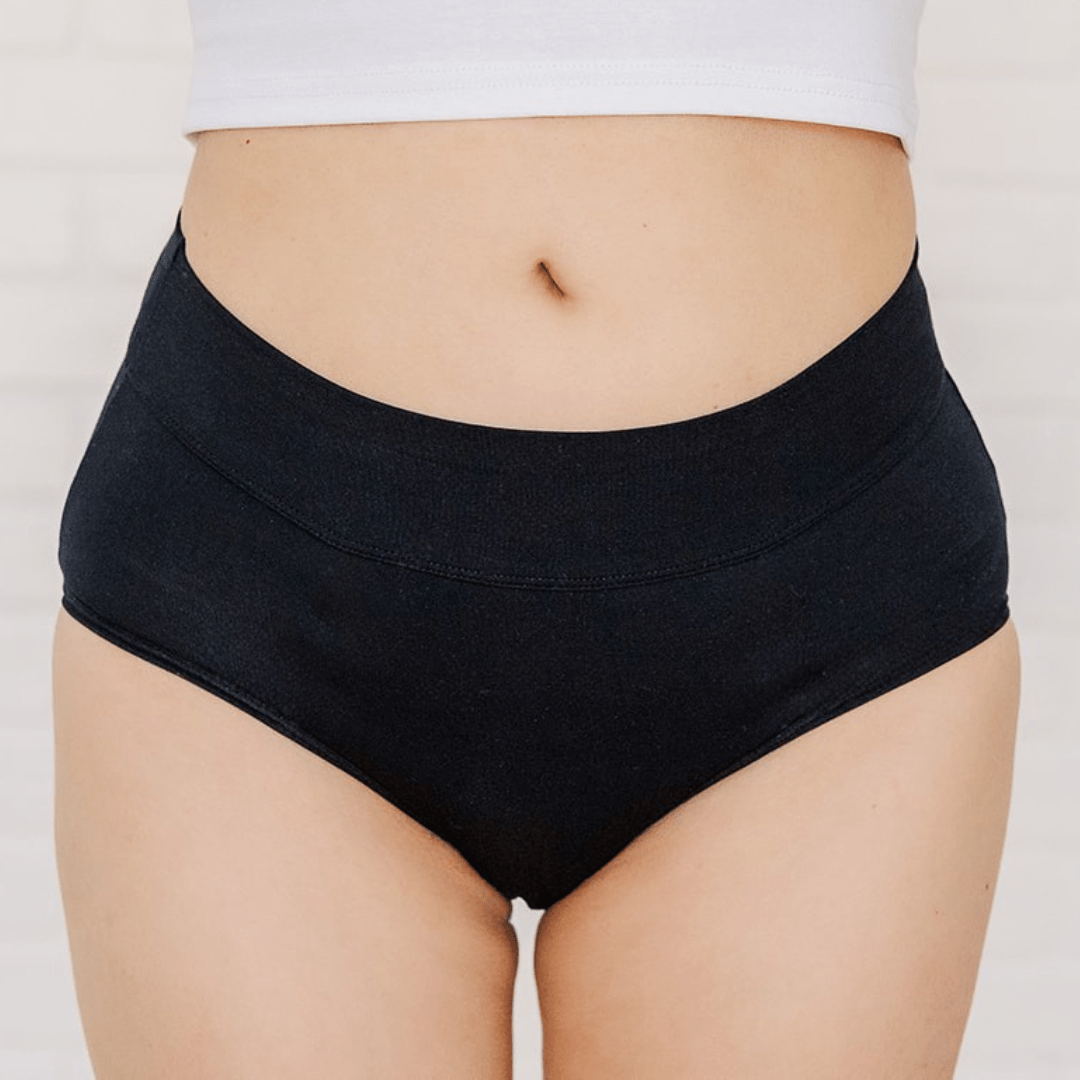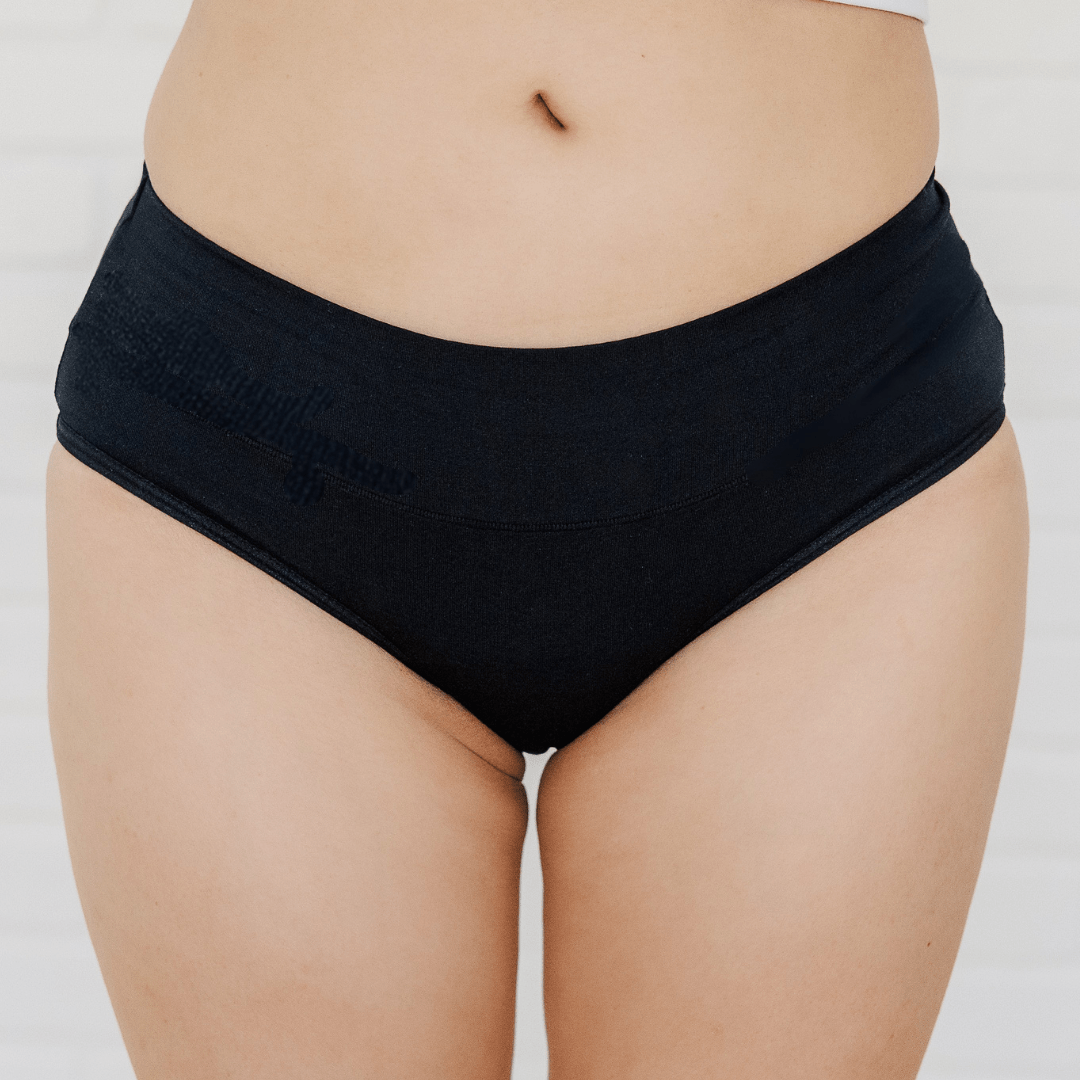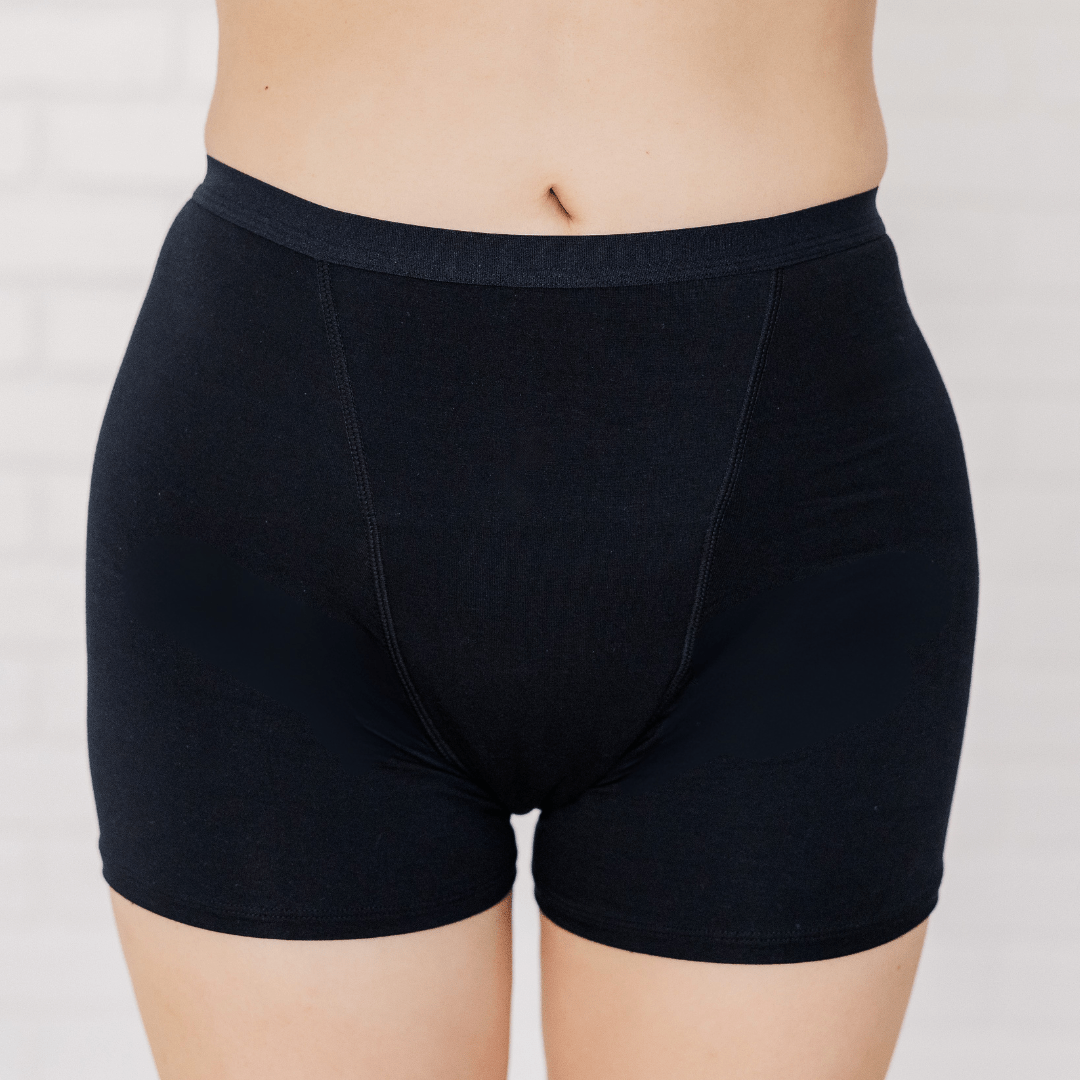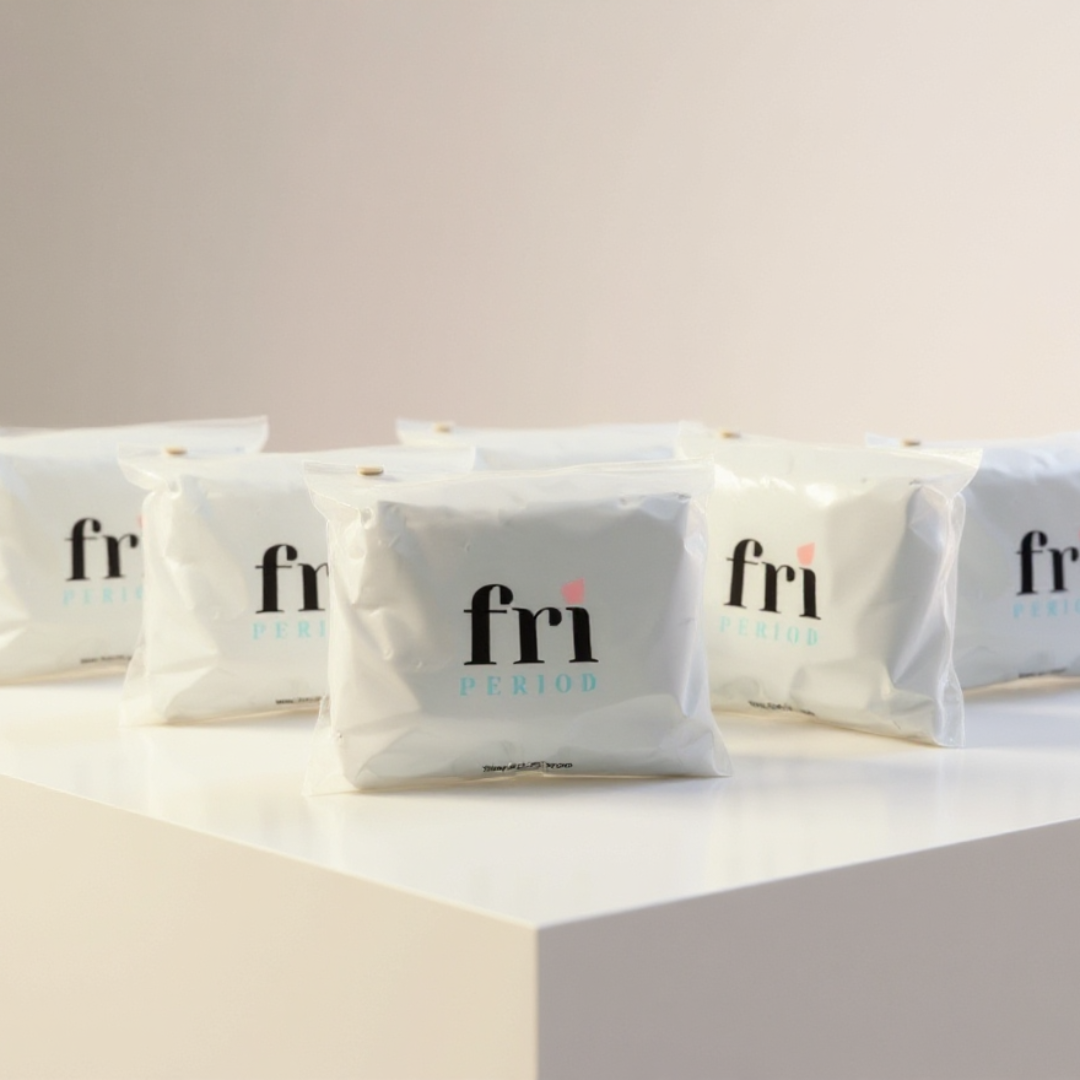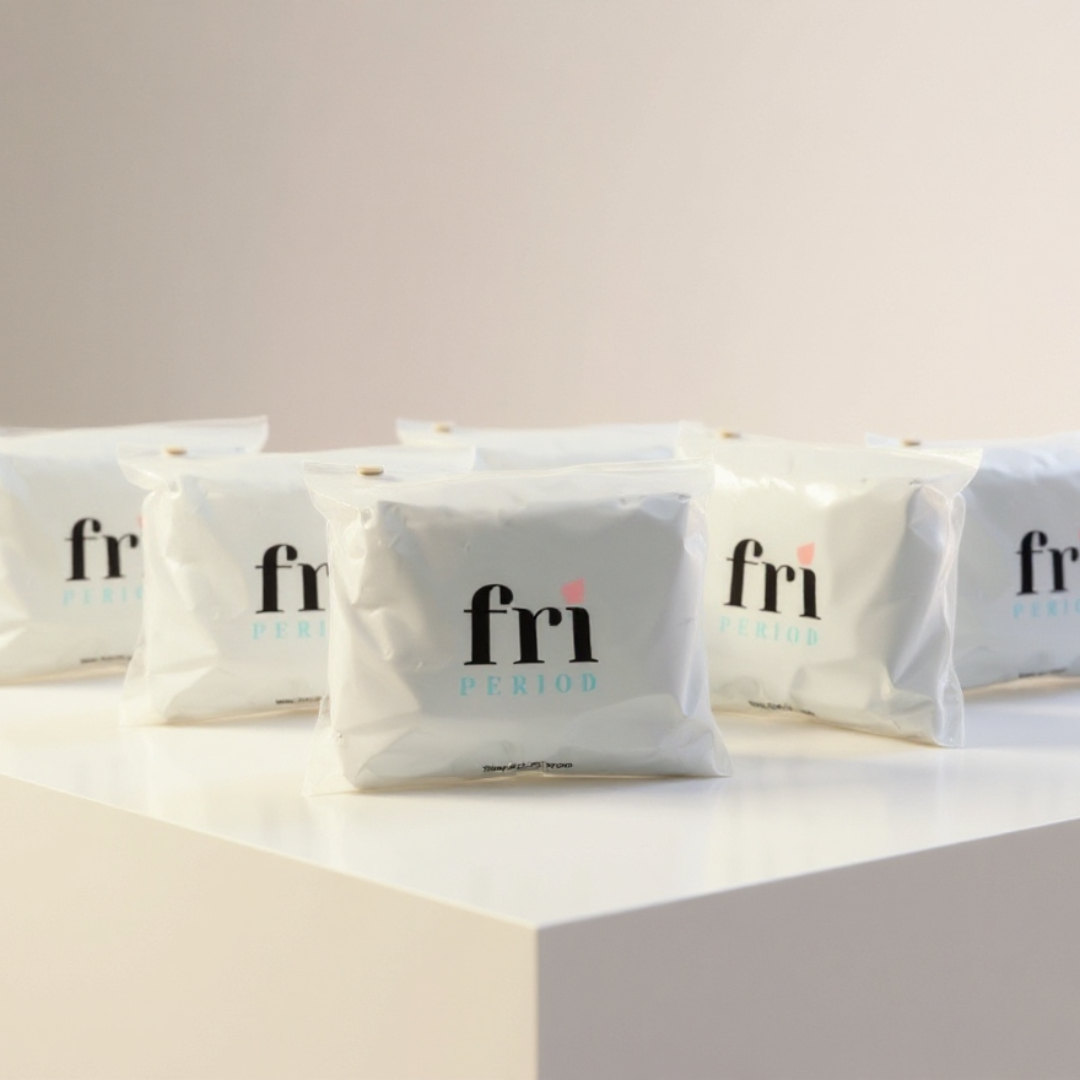A pain in the uterus
What causes cramps?
Period cramps, medically known as dysmenorrhea, are caused by the contraction of the uterus as it sheds its lining. These contractions are triggered by hormone-like substances called prostaglandins. High levels of prostaglandins are linked to more intense uterine contractions and increased pain. Ouch!
While some mild cramping is normal, severe cramps can be a sign of underlying conditions such as endometriosis or fibroids. If you experience intense pain that interferes with your daily life, please don't suffer in silence. Speak with a health care provider (and sometimes it can take a bit of trial and error until you find the right one to help you in the way you need).
Our top tips for beating the pain
1. Heat
Applying heat to your lower abdomen can help relax the uterine muscles and reduce cramping. A recent study found that heat therapy can be as effective as over-the-counter paind meds in relieving period pain. Use a heating pad, hot water bottle, or even a warm bath (see below) to ease discomfort.
2. Hydrate
Drinking plenty of water is essential, as dehydration can worsen muscle cramps. Aim for at least 8 glasses of water a day (and consider herbal teas, like ginger tea, for amping up the anti-inflammatory properties of your hydration!).
3. Get physical
Gentle movement can increase blood flow and release endorphins, which are a natural painkiller. Aerobic exercises like walking, running, and swimming can significantly reduce the severity of period cramps. Yoga and stretching exercises can also help by promoting relaxation and improving circulation.
4. Dietary Adjustments
Eating a balanced diet rich in fruits, vegetables, whole grains, and lean proteins can help manage period pain. Click here to read the top five foods to incorporate into your diet, according to nutritionist and hormone-whisperer, Renata Trebing of Nourish with Renata.
5. Magnesium bath
Magnesium is a powerhouse when it comes to easing all types of cramps, including period pain. We suggest pouring a hot bath with a generous dose of epsom salts to maximise your magnesium-absorbing magic. As a bonus, the magnesium also helps to soothe menstrual stress, which often presents at the same time as cramps (lucky us, right?).
6. Stress less
Stress can exacerbate period pain, so finding ways to manage stress is crucial. Techniques such as mindfulness meditation, deep breathing exercises, and progressive muscle relaxation can help calm your mind and reduce the perception of pain.
7. Be a sleeping beauty
We all know that getting enough rest is vital for our overall health. But did you know sleep can also help manage period pain? Aim for 7-9 hours of quality sleep each night. Creating a relaxing bedtime routine and ensuring a comfortable sleep environment can make a big difference.
8. Over-the-counter pain relief
And, of course, nonsteroidal anti-inflammatory drugs (NSAIDs) such as ibuprofen and naproxen can reduce the production of prostaglandins and provide effective pain relief. It's best to start taking these medications at the first sign of your period or even a day before it starts to prevent cramps from becoming severe.
Don't suffer in silence
Period cramps are a natural part of the menstrual cycle, but that doesn't mean you have to suffer through them. If your cramps are severe, last longer than a few days, or are accompanied by other symptoms like heavy bleeding, nausea, or fever, it's important to seek medical attention. Conditions such as endometriosis, fibroids, and pelvic inflammatory disease require specialized treatment, and there is no need to suffer in silence.
By understanding the science behind menstrual pain and incorporating these tips into your routine, you can find effective relief and make your periods more manageable. Remember, every body is different, so it may take some trial and error to find the best strategies that work for you.
